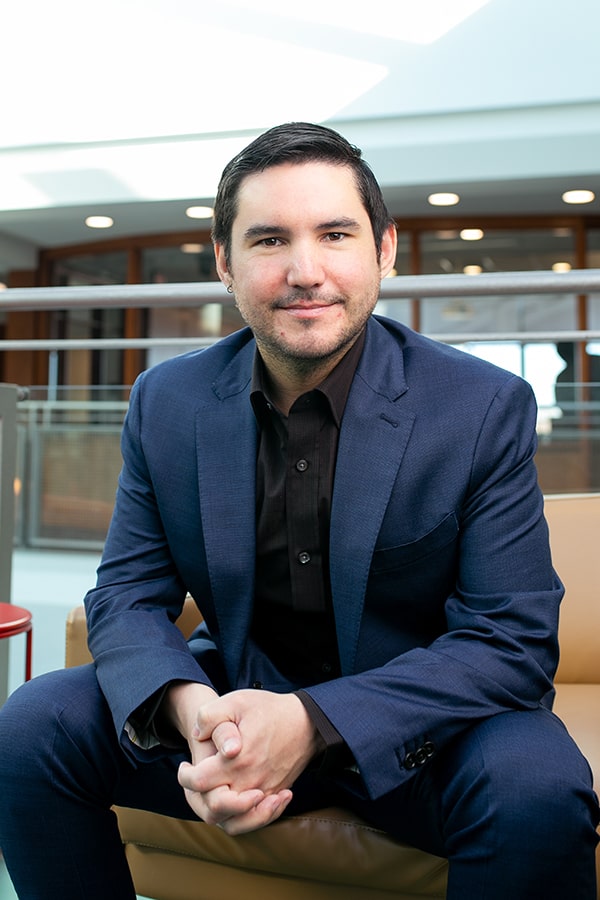Faculty Spotlight: Gonzalo Mena
By Stacy Kish
Gonzalo Mena, assistant professor in the Department of Statistics & Data Science, is developing the next generation of statistical tools that will aid scientists in how they analyze their data.
Tell me about your scholarly work.
Generally, I work on applied problems as a motivation to develop new statistical methods and better understand the most relevant statistical questions. I would not be able to describe my work in terms of a unique topic since my interests span different areas of statistics, from theory to practice. One thing about CMU that is really wonderful is that it provides me with the opportunity to work with different people on different projects. For example, I am working on one area of statistics and mathematics called optimal transport. This field arose in mathematics, but statisticians have been using it for analyzing data. I am working on developing new statistical methods that use optimal transport as a tool to analyze data and develop theoretical results that allow us to understand how the tools work and refine the limits of these approaches.
How is your scholarly work adding to the greater field?
Optimal transport brings tools to the field that provide a new perspective on how we solve problems. Many current methods often fail for even simple tasks. My research is very applied and motivated by the practice of bringing new statistical methods to a very applied field. At the end of the day, the field is driven by people who come together to analyze data in projects that can change how we see the world.
How did you become interested in this topic?
When I started school, I wanted to be a mathematician. Along the way, I became very interested in helping scientists by developing new algorithms to analyze data more efficiently. My main motivation for working in this area was a neuroscience project during graduate school. I was working with a team of researchers who wanted to create images of a worm brain to understand how neurons fire. This was not an easy task. The images are very small, and there are a lot of them. I developed methods to automate the process so we could decipher the data to understand how the neurons were firing. This is when I encountered optimal transport and discovered how this mathematical technique could be so helpful in answering scientific questions.
What are you most excited to accomplish as a faculty member at CMU?
Besides my ongoing more abstract work, I am excited to work on tools that have applications in real-world situations to obtain better estimates or data analyses. To give you an example, at CMU I am excited to partner with the Delphi Research Group, who are using large-scale epidemiological data to understand the COVID pandemic. Much of the data collected during the pandemic is, well to be honest, messy. I am developing ways to make the data cleaner and find new approaches to combine these very different datasets for more comprehensive analyses.
What are your goals for the next generation of scholars?
I want to help my students understand that statistics is more than just analyzing data. They can become an integral part of the scientific pipeline to address problems in society and use the scientific method to answer big scientific questions. We can use the methods to shape the field itself.
